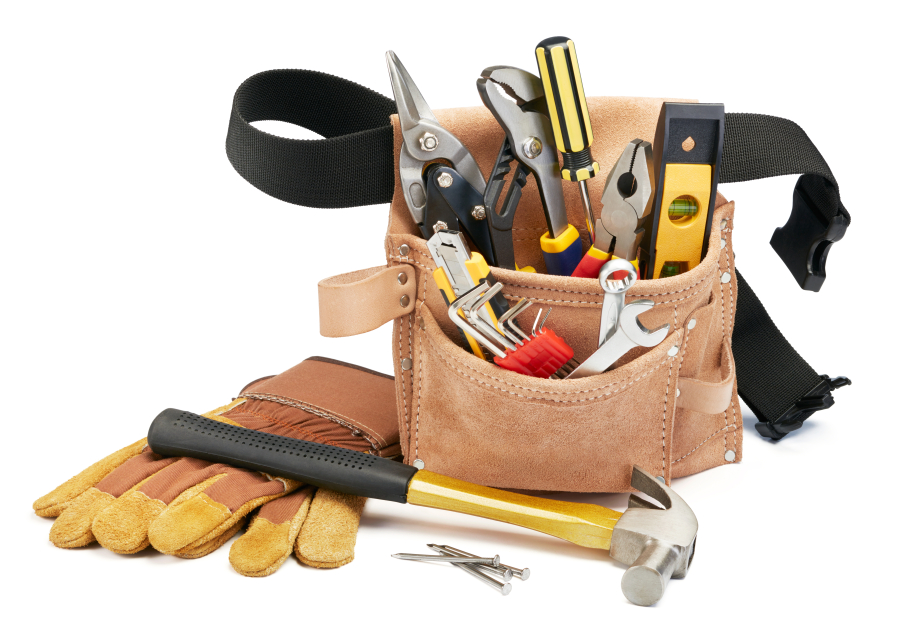Some do it for the love of it. But many people undertake DIY projects to save money. And doing home remodels, renovations and repairs yourself can, indeed, save thousands of dollars. According to the U.S. Census Bureau’s latest American Housing Survey, the average home improvement project costs $6,352 when professionally done — vs. $2,502 for do-it-yourself.
But not all DIY projects are created equal when it comes to being cost-effective. Theoretically, you could tile your floors yourself for one-third of what the pros cost, for example. But given the additional need for expensive equipment, a skilled touch, and lots of time to do the job right, the savings often add up to less than you anticipate.
Here is a guide to identifying the most useful DIY projects that actually save money, along with some examples.
Home renovation data
While economic concerns have slowed some homeowners’ renovation plans, many are still going forward with their projects — or opting for DIY alternatives. Here’s some insight into how Americans are approaching home improvement.



